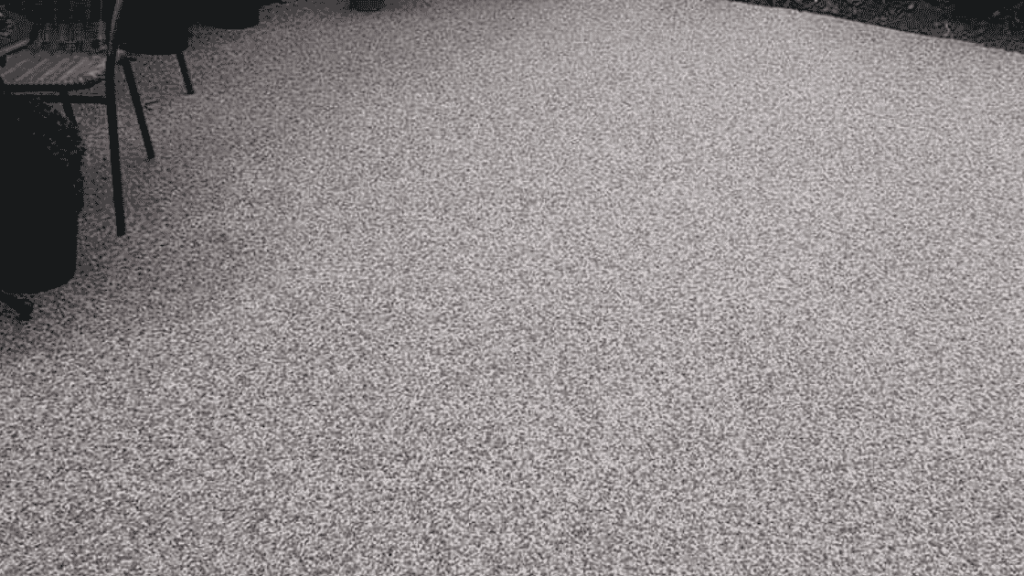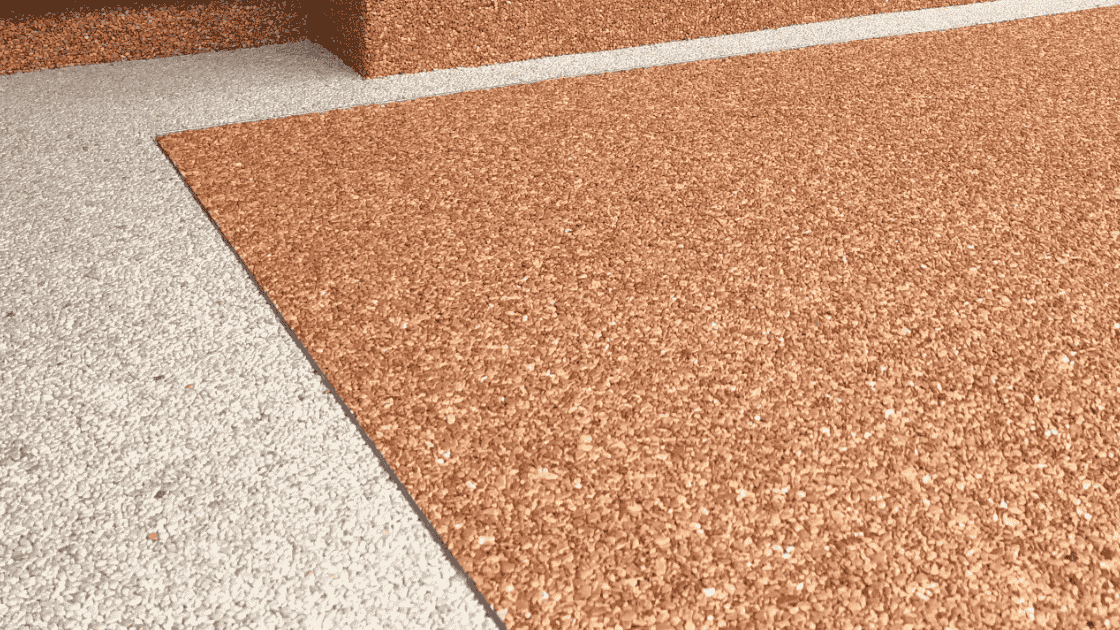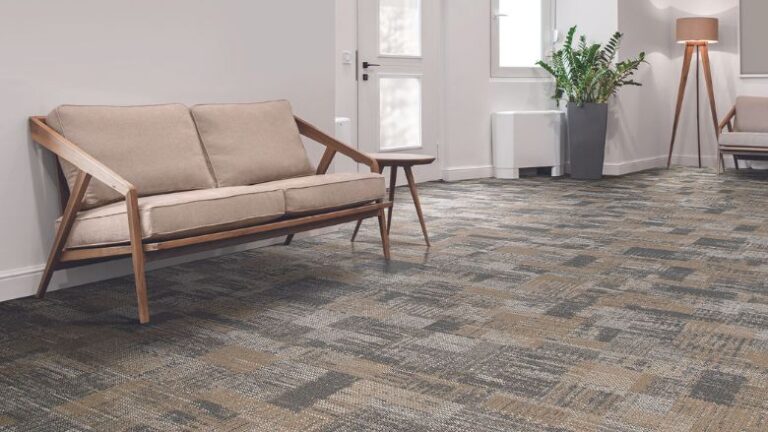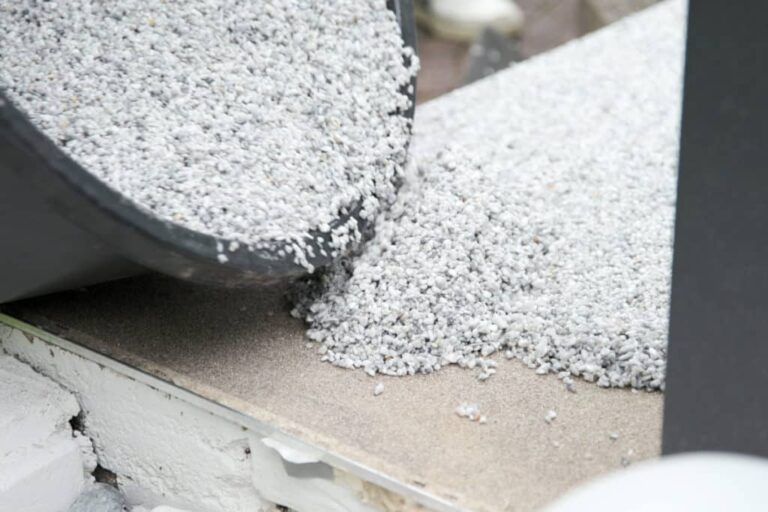What Is Stone Carpet? And It Benefits, Composition, and Uses
What Is Stone Carpet?
Stone carpet, also known as epoxy stone flooring or decorative stone flooring, is a unique type of flooring made from natural stones mixed with a resin binder. It is used to create durable, visually striking surfaces suitable for both indoor and outdoor spaces.
When it comes to innovative and durable flooring solutions, stone carpet is a popular choice gaining traction in both residential and commercial spaces. But what exactly is stone carpet? Simply put, stone carpet is a seamless flooring system made from natural stones or quartz granules bound together by resin. The result is a stylish, hard-wearing surface that combines aesthetics with practicality.

How Is Stone Carpet Made?
Stone carpet is crafted using small stones, such as marble, granite, or quartz, which are mixed with a high-quality epoxy or polyurethane resin. This mixture is then applied to the floor to create a smooth, continuous surface. The stones can be selected in various colors and sizes, allowing for customizable designs that suit individual preferences.
Once the mixture is spread across the floor, it is compacted and leveled. After curing, the surface is polished or sealed to enhance its appearance and durability. The resin acts as a binding agent, ensuring that the stones remain securely in place while providing a water-resistant finish.
| Component | Description |
|---|---|
| Natural Stones | The primary material, which can include marble, granite, quartz, or river stones. These stones are crushed into small pieces, typically ranging from 1-5 mm in size. |
| Resin | A durable, clear epoxy or polyurethane resin that binds the stones together, giving the carpet its flexibility and strength. |
| Pigments | Optional color additives mixed into the resin or stone mixture to enhance the aesthetic and design options. |
| Hardener/Activator | A chemical compound added to the resin to initiate the curing process, ensuring the resin hardens and sets properly. |
| Aggregate | The mixture of natural stones and sometimes glass beads or other aggregates, creating the desired texture and appearance of the carpet. |
| Sealer | A protective coating applied after installation to improve durability, resistance to stains, and water-repellent properties. |
| Substrate/Base Layer | The surface on which the stone carpet is applied, usually a concrete or cementitious surface, prepared to ensure proper adhesion of the resin. |
Process Overview:
- Mixing: Natural stones and resin are mixed together with the appropriate pigments and hardeners.
- Application: The mixture is spread over the substrate, forming a smooth, level surface.
- Curing: The mixture is left to cure, which hardens the resin and bonds the stones into place.
- Sealing: A final sealer layer may be applied for added protection and longevity.
Benefits of Stone Carpet
Stone carpet offers numerous advantages, making it a versatile flooring option. Here are some of its key benefits:
- Durability: The combination of resin and natural stones creates a robust surface resistant to wear and tear.
- Customizability: Available in various colors and patterns, stone carpet can match any interior or exterior design.
- Seamless Appearance: The smooth finish eliminates grout lines, creating a sleek and modern look.
- Low Maintenance: Easy to clean with a vacuum or mop, stone carpet requires minimal upkeep.
- Eco-Friendly: Many stone carpets are made with natural, sustainable materials, making them an environmentally conscious choice.
Common Applications of Stone Carpet
Stone carpet is a versatile solution suitable for a variety of spaces. Some of its most common applications include:
- Residential Spaces: Ideal for living rooms, kitchens, and bathrooms due to its stylish appearance and easy maintenance.
- Commercial Spaces: Frequently used in offices, retail stores, and showrooms for its professional and polished look.
- Outdoor Areas: Perfect for patios, pool decks, and walkways because of its durability and slip-resistant properties.
- Industrial Settings: Often applied in warehouses and factories for its toughness and ability to withstand heavy loads.
Key Features of Stone Carpet
| Feature | Description |
|---|---|
| Material | Natural stones or quartz granules mixed with resin |
| Durability | Resistant to wear, impact, and moisture |
| Maintenance | Low-maintenance and easy to clean |
| Design Flexibility | Available in various colors, patterns, and textures |
| Applications | Suitable for indoor and outdoor use |
A Step-by-Step Guide to Installing Stone Carpet
- Surface Preparation: Ensure the floor is clean, dry, and level. Remove any debris or existing flooring materials.
- Application of Primer: Apply a primer to improve adhesion between the base and the stone carpet.
- Mixing the Components: Combine natural stones with resin to create the stone carpet mixture.
- Spreading the Mixture: Use a trowel to evenly spread the mixture across the floor.
- Compacting and Leveling: Compact the surface to ensure a seamless finish and level it for uniformity.
- Curing: Allow the stone carpet to cure for the recommended time, typically 24-48 hours.
- Sealing (Optional): Apply a sealant for added protection and a glossy finish.
Pros and Cons of Stone Carpet:
| Pros | Cons |
|---|---|
| Aesthetic Appeal: Provides a natural, elegant look with a variety of textures and colors. | High Initial Cost: Installation can be expensive due to materials and labor. |
| Durable: Resistant to wear and tear, making it suitable for high-traffic areas. | Requires Skilled Installation: Needs professional installation for best results, adding to overall cost. |
| Low Maintenance: Easy to clean and maintain, especially when sealed properly. | Hard Surface: Can be uncomfortable to stand on for long periods. |
| Versatile: Can be used for both indoor and outdoor applications. | Cold in Winter: May feel cold underfoot, especially in colder climates. |
| Eco-friendly: Made from natural stone and can be sustainable, depending on the materials used. | Slippery When Wet: Can become slippery in wet conditions, posing a safety hazard. |
| Long-lasting: Can last for many years if maintained properly. | Limited Design Flexibility: Once set, it’s hard to modify the design or layout. |
| Non-allergenic: Doesn’t harbor dust mites, allergens, or bacteria. | Can Be Heavy: The weight of stone carpet may require reinforced flooring or support. |
Maintenance Tips for Stone Carpet
Maintaining a stone carpet is relatively simple. Follow these tips to keep it looking its best:
- Regular Cleaning: Vacuum or sweep the floor to remove dirt and debris.
- Spot Cleaning: Use a damp cloth and mild detergent for spills and stains.
- Avoid Harsh Chemicals: Stick to non-abrasive cleaners to protect the surface.
- Periodic Sealing: If applicable, reapply a sealant every few years to maintain its shine and durability.
Comparing Stone Carpet with Other Flooring Options
Stone carpet stands out for its unique combination of durability and style. Here’s how it compares to other popular flooring types:
- Stone Tiles: While both options use natural stone, stone carpet offers a seamless finish without grout lines.
- Epoxy Floors: Stone carpet provides a more natural and textured look compared to the glossy appearance of epoxy floors.
- Wood Flooring: Stone carpet is more resistant to moisture and scratches than wood, making it a better choice for high-traffic areas.
Why Choose Stone Carpet?
If you’re looking for a flooring option that combines durability, aesthetics, and low maintenance, stone carpet is an excellent choice. Its ability to adapt to various environments—from stylish interiors to rugged outdoor settings—makes it a versatile solution for modern spaces.
Final Thoughts on Stone Carpet
So, what is stone carpet? It is a contemporary flooring solution that blends natural beauty with practical functionality. Whether you’re renovating your home or designing a commercial space, stone carpet offers a durable and visually appealing option that stands the test of time.
By understanding its benefits, installation process, and maintenance requirements, you can make an informed decision and enjoy the long-lasting advantages of this innovative flooring choice.






